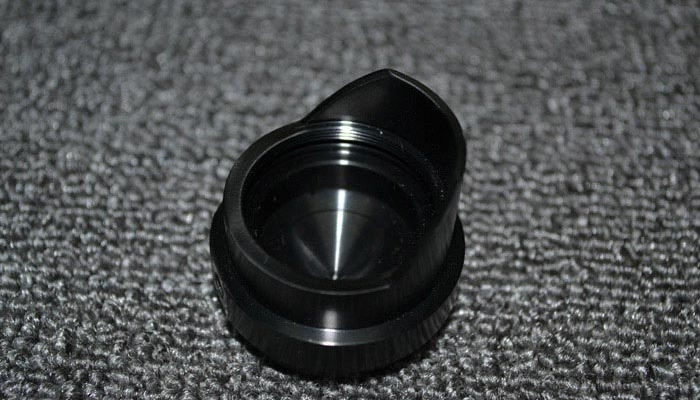Optical Parts Processing Technology Flow
The process flow of optical parts processing varies depending on the processing method. There are mainly two types of processing methods for optical parts: traditional (classical) processing technology and mechanized processing technology. Traditional processing technology is primarily used for small and medium batch production. The characteristics of traditional technology are as follows:
1. The use of loose abrasive and general-purpose machine tools to grind optical glass using contour shaping. In the operation, rosin and turpentine-based adhesives are mainly used for bonding. The parts are first rough ground and fine ground with diamond abrasives, and then polished using rosin and turpentine-based polishing molds and polishing powder (mainly cerium oxide). The process is influenced by multiple factors, which can result in significant variations in machining accuracy, usually on the order of several wavelengths. High precision can reach subwavelength levels, such as several hundredths of a wavelength.
2. The manual operation is labor-intensive, with multiple processes, and requires highly skilled operators. The requirements for machine tool accuracy and grinding tools are not as stringent, making it suitable for processing techniques with multiple varieties, small batches, and large variations in accuracy.
In the traditional processing technology, taking a lens as an example, it goes through the following processes:
(1) Blank processing: Including selecting suitable blocks according to the optical part drawing, cutting and leveling, dividing, applying adhesive tape, and forming spherical surfaces.
(2) Rough grinding: To meet the requirements of surface roughness and spherical radius for fine grinding. In traditional technology, rough grinding is done on a single piece. In general, in factories that use traditional processing technology, the rough grinding workshop often includes blank processing.
(3) Bonding: After rough grinding and cleaning, the lens blanks are assembled into a tray according to the same radius. The dispersed lens blanks are fixed on a spherical adhesive film using bonding adhesive. It should be noted that during bonding, the processed surface of each lens blank should be on the same radius spherical surface.
(4) Fine grinding and polishing: When processing the ** surface, it is generally not necessary to disassemble the tray during the process of fine grinding and polishing. In the operation, three to four successive diamond abrasives with gradually finer particle sizes are used to grind the processed surface to the required surface roughness for polishing. Then, it is cleaned and polished using a polishing mold with a certain radius and polishing powder. After one side is processed, a protective film is applied, then flipped over, and the tray is assembled again to process the second surface with fine grinding and polishing.
(5) Centering and edging: During lens processing, there may be deviations in the optical axis and positioning axis (referred to as eccentricity). The task of centering and edging is to eliminate eccentricity and ensure that the radial dimensions of the side cylindrical surfaces meet the assembly requirements. Traditional edging is often performed on an optical centering and edging machine.
(6) Coating: For lenses with transparent requirements on the surface, anti-reflective coatings need to be applied. Spherical reflective mirrors need to be coated with reflective coatings. Some lenses also require other types of thin films based on design requirements.
(7) Bonding: For lenses that require high image quality, several lens blanks are often bonded together. The bonding process is usually performed after coating.

